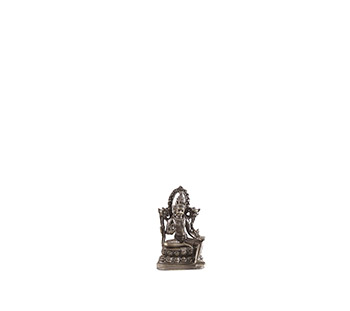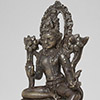Private Asian Collection
|
639
A PALA STYLE COPPER ALLOY FIGURE OF AVALOKITESVARA
12th – 13th Century |
|
H: 9.3 cm |
|
Estimate
950,000 - 1,500,000 30,200 - 47,700 235,000 - 370,000
|
|
|
Private Asian Collection


